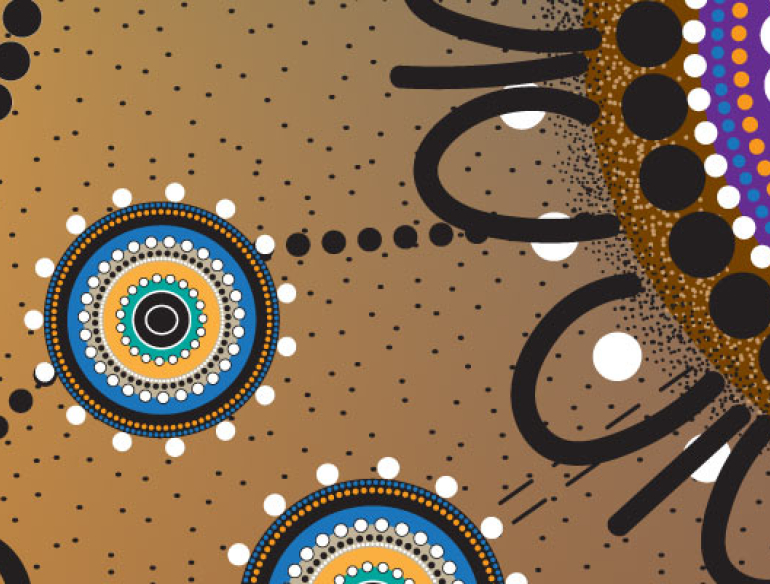- In 2020, testing, diagnosis and treatment of STIs and BBVs has been strongly influenced by the ongoing COVID-19 pandemic. The decline in sexually transmissible infections and blood borne virus notifications between 2019 and 2020 is likely to have been influenced changes to sexual behaviour, healthcare access, testing practices, and travel, that have arisen as a consequence of the COVID‑19 pandemic.
- The HIV notification rate in the Aboriginal and/or Torres Strait Islander population declined by 39% between 2011 and 2020. In 2020, the HIV notification rate among the Aboriginal and/or Torres Strait Islander population (2.2 per 100,000) was lower than the Australian‑born non‑Indigenous population (2.3 per 100,000), for the first time since 2011. The HIV notification rate among Aboriginal and/or Torres Strait Islander people is but is based on small numbers of HIV notifications (18 notifications) so should be interpreted with caution.
- Declines in hepatitis C notifications were also seen among Aboriginal and/or Torres Strait Islander people in 2020, although not to the same extent when compared with declines seen among non‑Indigenous people. Among people aged 15 to 24 years, smaller declines were seen between Aboriginal and/or Torres Strait Islander people compared with non‑Indigenous people suggesting that there is inequity in the availability of direct acting antiviral therapy as well as resources directed toward harm reduction and linkage to care. This inequity may be limiting the decline in the rate of hepatitis C infections among younger Aboriginal and/or Torres Strait Islander people. Further, hepatitis C notification rates in this age group remain several‑fold higher among Aboriginal and/or Torres Strait Islander people compared to non‑indigenous people.
- The declining trend in hepatitis B notifications in Aboriginal and/or Torres Strait Islander people aged less than 35 years suggests that immunisation programs for hepatitis B have had a clear benefit and have reduced the gap in hepatitis B notification rates between Aboriginal and/or Torres Strait Islander people and the non‑Indigenous population. However, hepatitis B notification rates in Aboriginal and/or Torres Strait Islander people in older age groups remain high compared to the non‑Indigenous population, highlighting the need for a continued focus on hepatitis B testing, immunisation, and engagement in care among Aboriginal and/or Torres Strait Islander people.
- In 2020, notification rates of STIs remain higher among the Aboriginal and/or Torres Strait Islander population, than among the non‑Indigenous population: gonorrhoea was more than six times as high, infectious syphilis was more than five times as high, and chlamydia was almost three times as high. The increases in infectious syphilis among young Aboriginal and/or Torres Strait Islander peoples in regional and remote areas, along with a considerable increase in the number of congenital syphilis cases, emphasise the need to enhance culturally appropriate health promotion, testing and treatment strategies.
Each year, the Aboriginal and Torres Strait Islander Health Program collaborates with the Surveillance and Evaluation Program for Public Health on the Blood borne viral and sexually transmissible infections in Aboriginal and/or Torres Strait Islander peoples: Annual Surveillance Report.
This surveillance report provides information on the occurrence of blood borne viruses and sexually transmitted infections among Aboriginal and/or Torres Strait Islander peoples in Australia for the purposes of stimulating and supporting discussion on ways forward in minimising the transmission risks, as well as the personal and social consequences of these infections within Aboriginal and/or Torres Strait Islander communities. The report is produced in a format that is recognised as appropriate for Aboriginal and Torres Strait Islander health services and communities, and is overseen by the Aboriginal and Torres Strait Islander reference group, National Aboriginal Community Controlled Health Organisation (NACCHO) Sexual Health and Blood Borne Virus Advisory Committee.
You can explore the findings from this report on our interactive data site.

